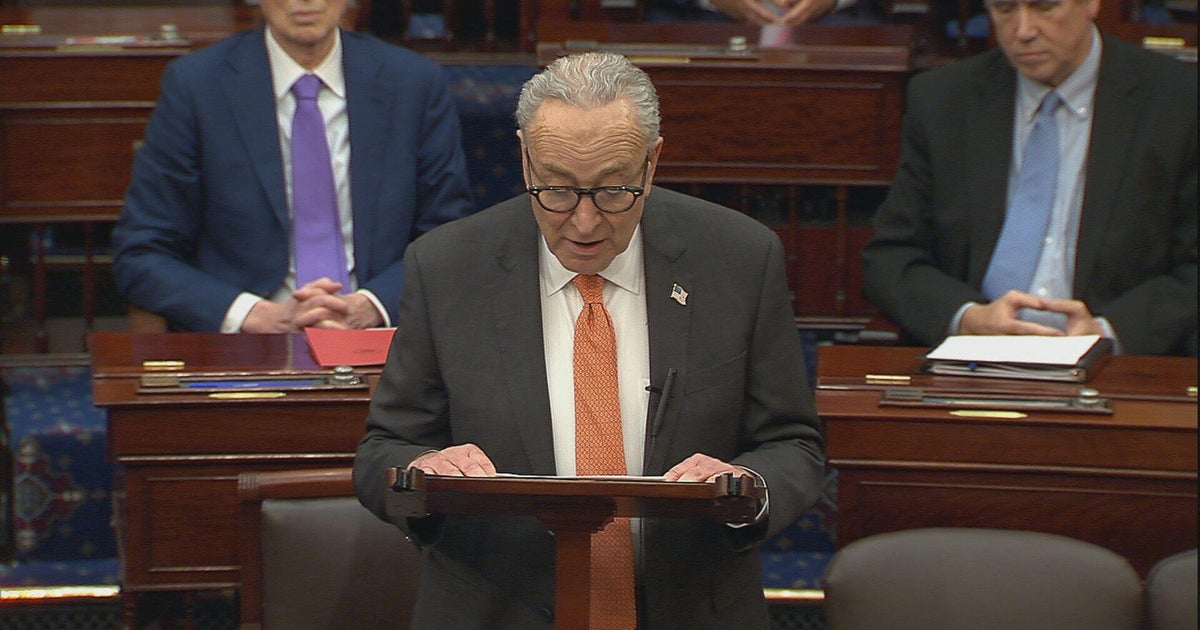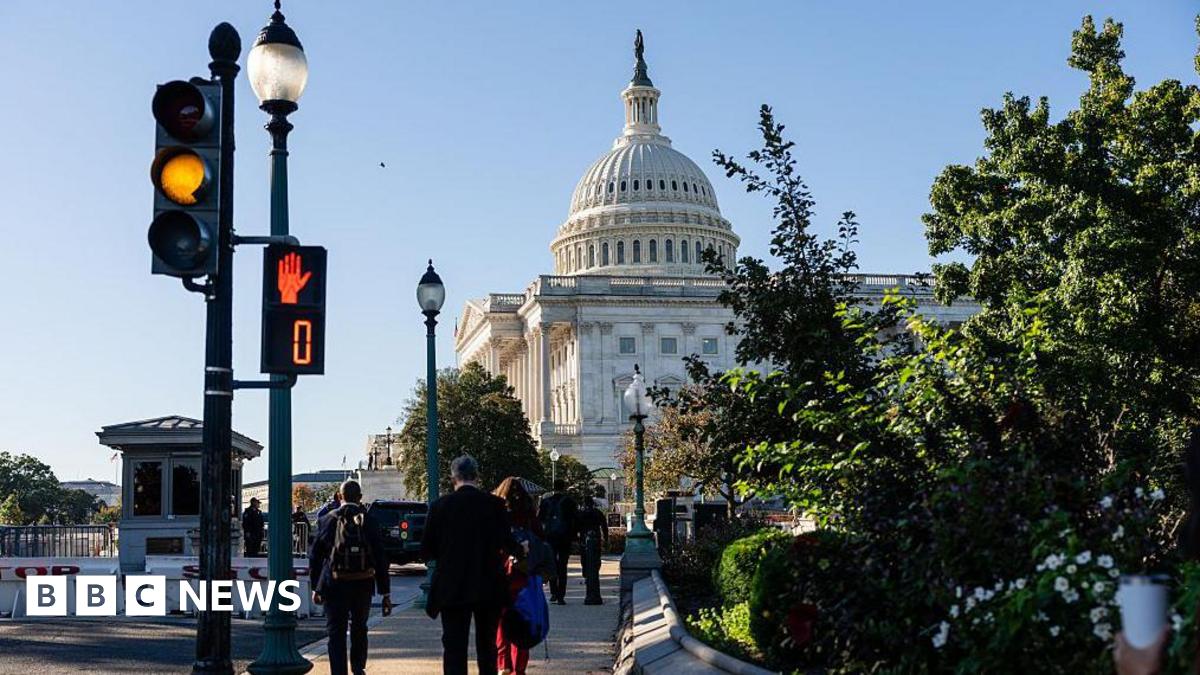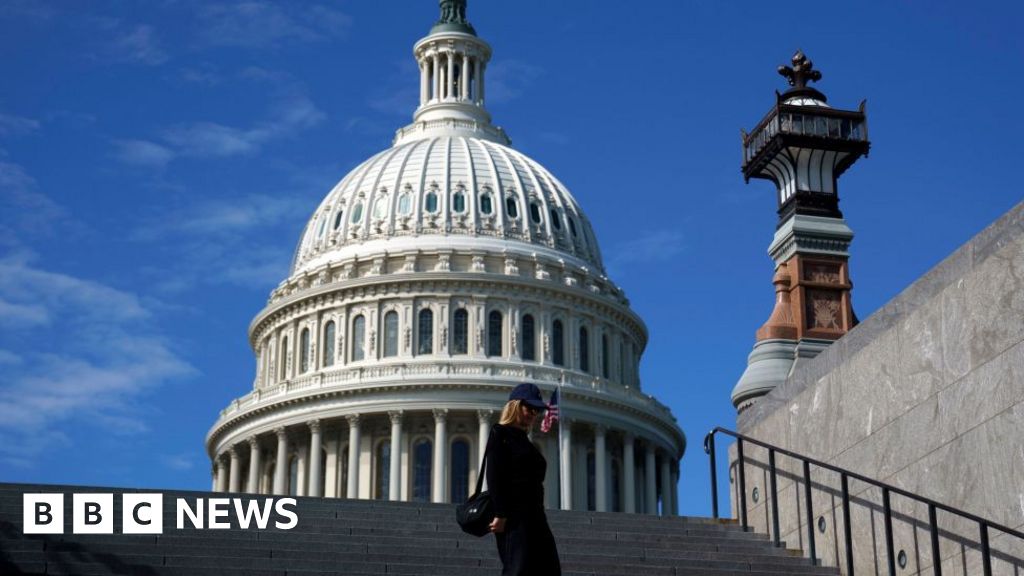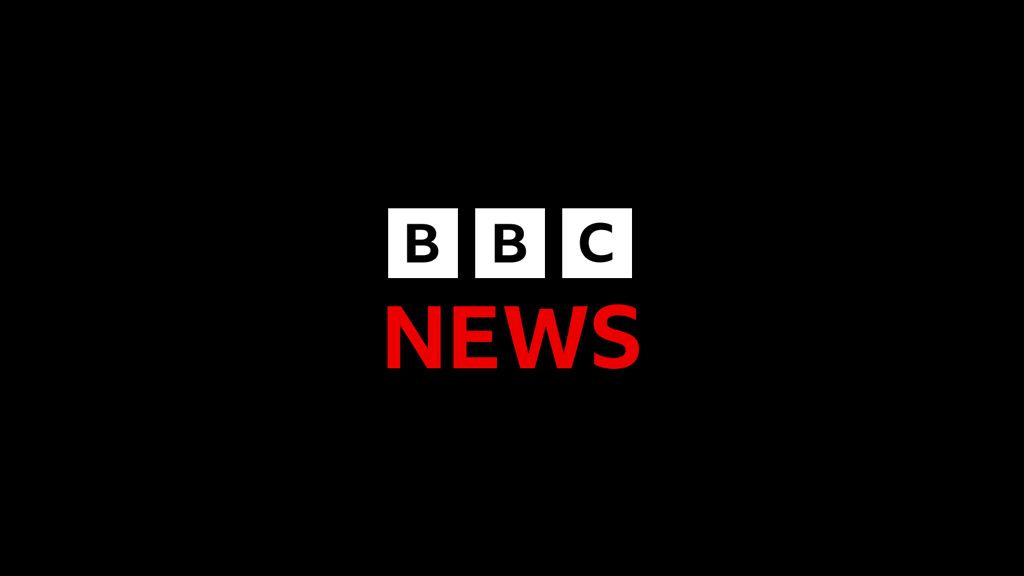Government Shutdown Update: Standoff Persists as Federal Workers Face Hardship
#politics #government #shutdown #federal_workers #public_services

Government Shutdown Update
Senate Republicans have rejected Democrats’ proposal to end the government shutdown by extending health care tax credits for one year. This rejection prolongs the deadlock as the shutdown enters its 39th day, affecting millions of federal workers and services nationwide.
Political Standoff and Implications
The Democrats offered a compromise aiming to maintain critical health care benefits while reopening the government. However, Senate Republicans remain firm in opposing the deal, citing concerns over fiscal responsibility and policy priorities. This impasse has heightened tensions in Washington as federal employees continue unpaid and essential services face disruptions.
Impact on Federal Workers and the Public
With no resolution in sight, many government workers face financial hardship, and the public experiences delays in services like food safety inspections and veteran care. Advocacy groups urge lawmakers to pass a clean continuing resolution to restore government operations and support the workforce critical to national security and public health.
About the Organizations Mentioned
Democrats
The **Democratic Party** is one of the two major political parties in the United States, widely recognized as a liberal and progressive organization that advocates for social and economic equality, civil rights, environmental protection, and worker rights. It generally supports stronger government intervention in the economy and social welfare programs such as Medicaid and food aid, funded through progressive taxation[1][3]. Founded in 1848 with the creation of the Democratic National Committee (DNC), it is the oldest continuing political party and party committee in the U.S.[2]. The **Democratic National Committee (DNC)** is the central governing body, overseeing campaign activities, party organization, and the Democratic National Convention. It coordinates efforts across all 57 states and territories, supporting local and state party organizations to elect Democrats at every level of government[1][2]. The current DNC chair as of 2025 is Ken Martin[1][2]. Historically, the party has undergone significant transformations, evolving from its roots as the Jacksonian Party to its current identity emphasizing progressive policies and social justice[3]. The party is known for using the color blue as its symbol since the 2000 presidential election[3]. It has pioneered civil rights legislation and expanded social safety nets, shaping much of modern American social policy. In recent years, the Democratic Party has focused on renewal efforts to address changing public expectations and declining support among certain voter groups. This involves reevaluating policies and strategies to build a sustainable majority amid rapid social and technological change[4]. It also actively fights to protect democratic institutions and voting rights, coordinating a broad coalition of organizations to defend against anti-democratic threats[6]. Currently, the party continues to mobilize grassroots voters and organize campaigns across all levels, aiming to secure electoral victories and promote a fairer, more equal future for Americans—efforts often highlighted in business and technology news for their impact on policy and governance[5].
Senate Republicans
The **Senate Republicans** are the members of the Republican Party serving in the United States Senate, currently holding the majority in the 119th Congress (2025–2027) with 53 seats out of 100. This majority status gives them control over Senate leadership, committee chairmanships, and legislative agenda-setting[4][6]. The Senate Republicans play a critical role in shaping federal legislation, particularly in areas impacting business and technology, such as tax policy, regulatory reform, and judicial appointments. Historically, the Senate Republican Conference has been a key force in U.S. politics since the party's founding in the 1850s, influencing major national policies and governance. In recent decades, their influence fluctuated with electoral dynamics but notably regained Senate control following the 2024 elections, where Republicans secured a three-seat majority, marking a significant political shift that also includes control of the House and the presidency, enabling a unified Republican government for the first time since 2017[2][6]. The leadership structure within Senate Republicans includes the Senate Majority Leader, currently Senator John Thune, who manages the legislative calendar, coordinates with committees, and serves as the chief spokesperson for Senate Republicans. The Assistant Majority Floor Leader or Republican Whip supports vote counting and party discipline, essential for advancing the Republican legislative agenda[1][7]. Senate Republicans also hold key committee leadership roles, such as the Finance and Judiciary Committees, which are influential in shaping policies on taxation, healthcare, technology regulation, and judicial appointments—matters closely watched by the business and tech sectors[3]. Their current agenda is expected to focus on economic growth, job creation, regulatory reform, and constitutional issues, which are crucial for industries navigating federal policy. The Republican majority’s control over committees enhances their ability to influence legislation and oversight, impacting sectors like technology, energy, and finance. This strategic position requires strong coordination within the party and with external stakeholders, including businesses and lobbyists, to effectively drive legislation aligned with









